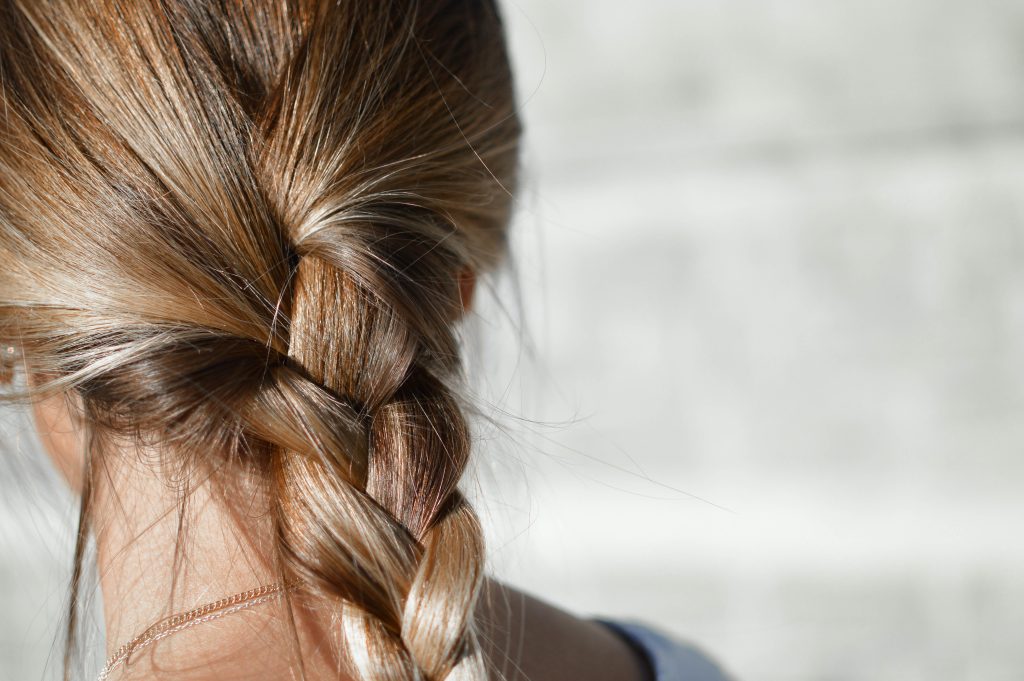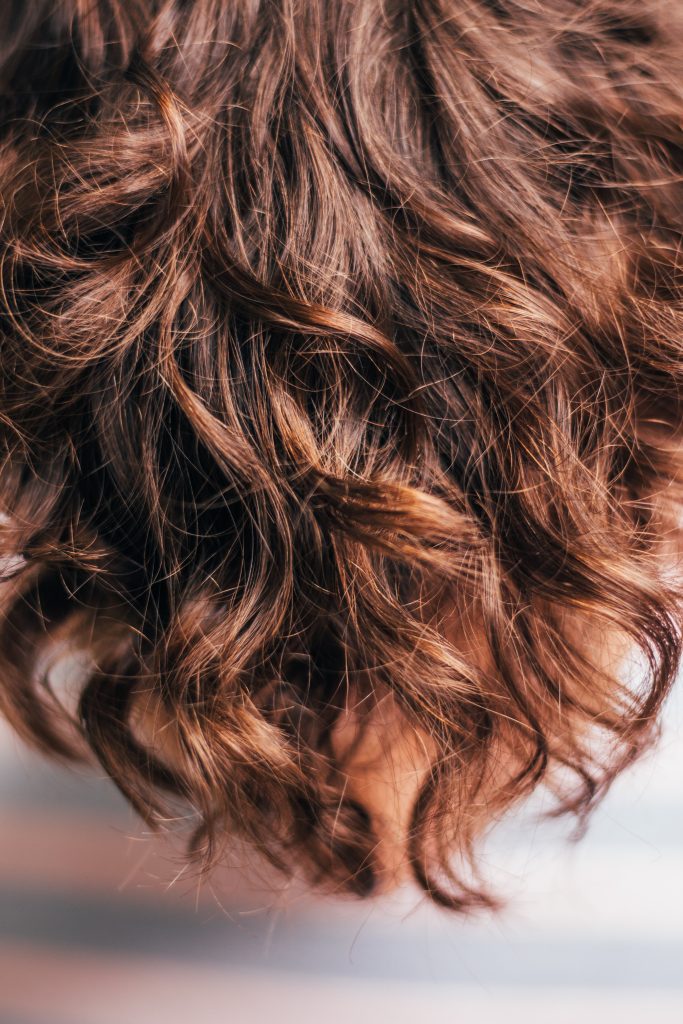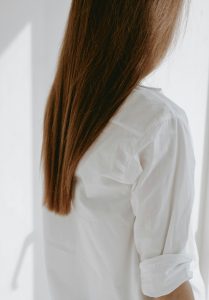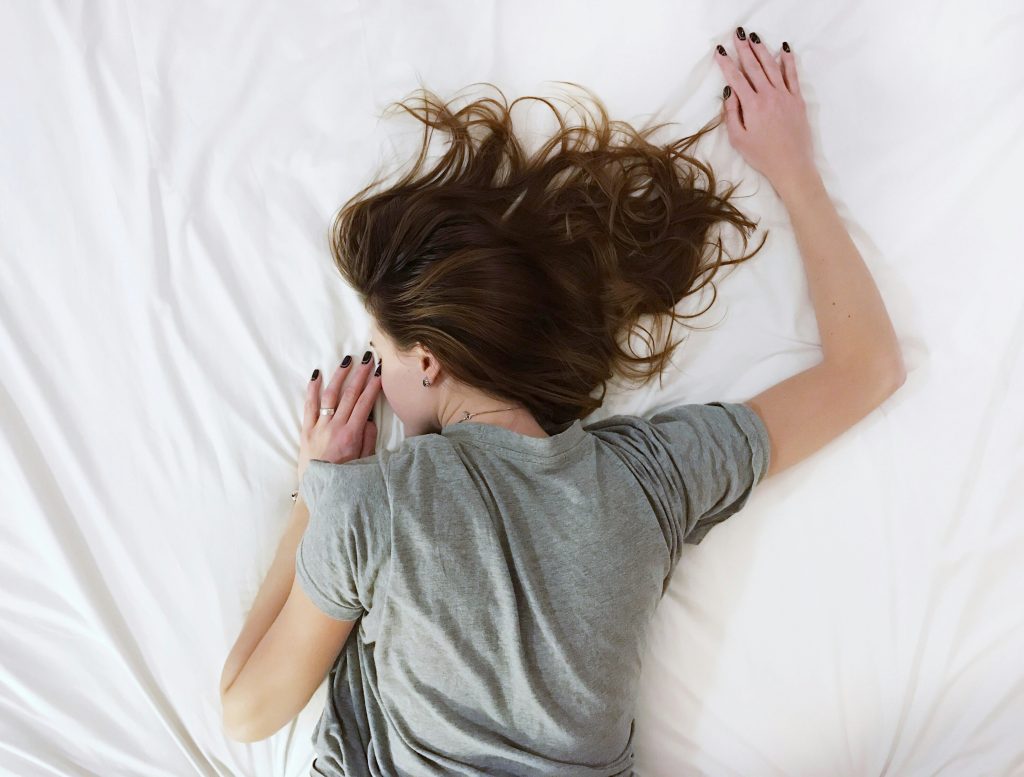Damaged hair is a common problem that many people face, which can have a profound impact on our daily life and self-esteem.
Brittle, frizzy, lifeless locks are difficult to style and often look unkempt no matter how much time we spend fixing them. Consequently, hair breakage negatively affects our confidence, professionalism, and willingness to participate in activities.
The constant battle to mask issues through intensive styling routines also causes frustration and time constraints.
Actually, it can occur due to various reasons such as excessive heat styling, chemical treatments, harsh hair products, and environmental factors. Recognizing the signs of damaged hair is crucial to taking the necessary steps to restore its health.
Recognizing the signs of damaged hair is crucial to taking the necessary steps to restore its health.
In this article, we will discuss what damaged hair looks like and how to prevent and treat it.

What Does Damaged Hair Look Like?
Here are some common signs of damaged hair :
♥ Split Ends: Split ends occur when the cuticle of the hair, becomes damaged and starts to fray. This results in the hair-splitting into two or more strands at the ends.
♥ Dryness and Dullness: Damaged hair often appears dry, lacking moisture and natural shine. It may feel rough and coarse to the touch.
♥ Breakage: You may notice excessive hair breakage, especially when combing, brushing, or manipulating the hair. Broken hair strands of varying lengths may be visible.
♥ Excessive Tangling and Knots: Damaged hair tends to become more tangled and prone to knots. This can make it challenging to comb or brush through the hair smoothly.
◊ Lack of Elasticity: Damaged hair loses its elasticity, becoming brittle and prone to snapping when stretched.
♥ Faded Color: If the hair has been chemically treated or exposed to excessive heat, the color may appear faded or dull.
♥ Scalp Issues: Damaged hair can also lead to scalp issues such as dryness, itchiness, flakiness, or even inflammation. The scalp may feel irritated and sensitive.

How To Know If Your Hair Is Damaged?
Paying attention to smaller signs of damage early on can help you make changes to your hair routine before things get worse.
- Look closely at the texture and feel. Healthy hair generally has some natural shine and smoothness from natural oils coating the outside of strands. Damaged hair loses those oils and the ability to retain moisture. As a result, it can feel dry, coarse, brittle or excessively tangled. Healthy hair should flex and stretch slightly before breaking; damaged hair is more rigid and snaps suddenly with minimal pressure.
- Notice if it tangles easily. The protective outer cuticle layer flattens when hair is damaged, causing strands to get caught on each other and tangle more frequently. If your hair becomes a tangled mess shortly after brushing, it likely signals distressed strands.
- Examine the ends of your hair closely in natural light. One of the most telling signs of damage is split ends, which form when the protective outer cuticle cracks and inner layers fray out, causing a forked appearance on ends. Any amount of split ends indicates your hair needs repair. You may need a trim and deep conditioning to restore health.
- Analyze what your hair goes through regularly. Heat styling, color treatments, chlorine, salt water and pollution all stress and degrade hair over time. If you utilize hot tools daily without heat protection, have an elaborate coloring routine, or live in an area with hard water and pollution, consider damage likely even without symptoms. Preventative care is essential.
- Think about how your hair reacts to your normal styling efforts. Damaged hair holds styles poorly. So if you have trouble maintaining curls or your hair falls flat more readily, it likely indicates compromised integrity from harm. Healthy hair should cooperate better.


How to Fix Perm Damaged Hair?
Protect from the sun: The sun’s rays can further dehydrate and damage your hair. Protect your tresses by wearing a hat or using a UV protection spray when spending time outdoors.
Avoid heat styling
Perm chemicals can make your hair more susceptible to heat damage. Minimize the use of heat styling tools and allow your hair to air dry whenever possible. If you must use heat, apply a heat protectant spray before styling to reduce damage.
Hair mask treatment
It provides deep nourishment and hydration to perm damaged hair, helping to repair and restore moisture. They strengthen the hair shaft, reduce breakage, and improve overall hair health.
Moisturizing shampoos and conditioners
Switch to moisturizing shampoos and conditioners that are free from sulfates and harsh chemicals. Look for products that contain hydrating ingredients like argan oil, shea butter, or glycerin. These products will help nourish and moisturize your hair, preventing further damage and improving its overall condition.
Hair Vitamins
Hair vitamins are dietary supplements that contain a blend of essential nutrients, vitamins, and minerals that promote overall hair health and growth. They are designed to provide your body with the necessary nutrients that may be lacking in your diet, supporting the strength, thickness, and appearance of your hair. hair vitamins work to support hair health from within the body, while protein treatments provide direct external support to repair and strengthen the hair’s protein structure.
The amino acids in collagen supplements or silica tablets help stimulate growth factors so emerging hair pushes in thicker.
Biotin creates keratin proteins inside strands while vitamin E protects against oxidative and sun damage.
Zinc and vitamin D also reduce overall shedding rates. Without internal reinforcement, exterior mending only goes so far.
Consulting a Professional
If your hair is severely damaged, or you are struggling to improve its condition on your own, consider consulting a professional hairstylist or trichologist for personalized advice and treatment options.

While severely broken hair never returns to its original state, religious deep conditioning, gentle handling, restorative treatments and protective styles keep damage from spreading upwards. Removing irreparable portions and focusing on strengthening emerging growth lets previously broken hair return to a healthier state. With enough moisture, protein and fortification, improvement in texture, shine and elasticity does happen.
